当前位置:网站首页>Development specification: interface unified return value format [resend]
Development specification: interface unified return value format [resend]
2022-07-05 23:09:00 【Bug trendsetter】
boolean success ; The success of .
T data ; Specific return value upon success , On failure: null .
Integer code ; Return on success 0 , Return specific error code in case of failure .
String message ; Return on success null , Return specific error message on failure .
2.2 Define error code In order to be compatible with various types of error codes , It can be solved by declaring interfaces , The interface is implemented by the specific business error code class .① First, in the demo-common Layer of com.example.demo.common Add... To the package error Catalog and create new ServiceErrors Error code interface class .package com.example.demo.common.error;
public interface ServiceErrors {
/**
* Get error code
*
* @return Integer
*/
Integer getCode();
/**
* Get error messages
*
* @return String
*/
String getMessage();
}package com.example.demo.common.error;
public enum DemoErrors implements ServiceErrors {
/**
* Error code
*/
SYSTEM_ERROR(10000, " System error "),
PARAM_ERROR(10001, " Parameter error "),
;
private Integer code;
private String message;
DemoErrors(Integer code, String message) {
this.code = code;
this.message = message;
}
@Override
public Integer getCode() {
return code;
}
@Override
public String getMessage() {
return message;
}
}package com.example.demo.common.entity;
import com.example.demo.common.error.ServiceErrors;
import java.io.Serializable;
public class Result<T> implements Serializable {
private T data;
private boolean success;
private Integer code;
private String message;
public Result() {
}
public static <T> Result<T> wrapSuccessfulResult(T data) {
Result<T> result = new Result<T>();
result.data = data;
result.success = true;
result.code = 0;
return result;
}
public static <T> Result<T> wrapSuccessfulResult(String message, T data) {
Result<T> result = new Result<T>();
result.data = data;
result.success = true;
result.code = 0;
result.message = message;
return result;
}
public static <T> Result<T> wrapErrorResult(ServiceErrors error) {
Result<T> result = new Result<T>();
result.success = false;
result.code = error.getCode();
result.message = error.getMessage();
return result;
}
public static <T> Result<T> wrapErrorResult(ServiceErrors error, Object... extendMsg) {
Result<T> result = new Result<T>();
result.success = false;
result.code = error.getCode();
result.message = String.format(error.getMessage(), extendMsg);
return result;
}
public static <T> Result<T> wrapErrorResult(Integer code, String message) {
Result<T> result = new Result<T>();
result.success = false;
result.code = code;
result.message = message;
return result;
}
public T getData() {
return this.data;
}
public Result<T> setData(T data) {
this.data = data;
return this;
}
public boolean isSuccess() {
return this.success;
}
public Result<T> setSuccess(boolean success) {
this.success = success;
return this;
}
public Integer getCode() {
return this.code;
}
public Result<T> setCode(Integer code) {
this.code = code;
return this;
}
public String getMessage() {
return this.message;
}
public Result<T> setMessage(String message) {
this.message = message;
return this;
}
@Override
public String toString() {
StringBuilder sb = new StringBuilder();
sb.append("{");
sb.append("success=");
sb.append(this.success);
sb.append(",");
sb.append("code=");
sb.append(this.code);
sb.append(",");
sb.append("message=");
sb.append(this.message);
sb.append(",");
sb.append("data=");
sb.append(this.data);
sb.append("}");
return sb.toString();
}
}package com.example.demo.biz.exception;
import com.example.demo.common.error.ServiceErrors;
public class BizException extends RuntimeException {
private final Integer code;
public BizException(ServiceErrors errors) {
super(errors.getMessage());
this.code = errors.getCode();
}
public BizException(Integer code, String message) {
super(message);
this.code = code;
}
public Integer getCode() {
return this.code;
}
}<dependency>
<groupId>org.springframework.boot</groupId>
<artifactId>spring-boot-starter-aop</artifactId>
</dependency>package com.example.demo.web.aspect;
import com.example.demo.biz.exception.BizException;
import com.example.demo.common.entity.Result;
import com.example.demo.common.error.DemoErrors;
import lombok.extern.slf4j.Slf4j;
import org.aopalliance.intercept.MethodInterceptor;
import org.aopalliance.intercept.MethodInvocation;
import org.springframework.stereotype.Component;
import java.lang.reflect.Method;
import java.util.Arrays;
@Slf4j
@Component
public class DubboServiceAspect implements MethodInterceptor {
@Override
public Object invoke(final MethodInvocation methodInvocation) throws Throwable {
try {
return methodInvocation.proceed();
} catch (BizException e) {
log.error("BizException", e);
return exceptionProcessor(methodInvocation, e);
} catch (Exception e) {
log.error("Exception:", e);
return exceptionProcessor(methodInvocation, e);
}
}
private Object exceptionProcessor(MethodInvocation methodInvocation, Exception e) {
Object[] args = methodInvocation.getArguments();
Method method = methodInvocation.getMethod();
String methodName = method.getDeclaringClass().getName() + "." + method.getName();
log.error("dubbo service [method=" + methodName + "] params=" + Arrays.toString(args) + " abnormal :", e);
Class<?> clazz = method.getReturnType();
if (clazz.equals(Result.class)) {
Result result = new Result();
result.setSuccess(false);
if (e instanceof BizException) {
result.setCode(((BizException) e).getCode());
result.setMessage(e.getMessage());
} else {
result.setCode(DemoErrors.SYSTEM_ERROR.getCode());
result.setMessage(DemoErrors.SYSTEM_ERROR.getMessage());
}
return result;
}
return null;
}
}<?xml version="1.0" encoding="UTF-8"?>
<beans xmlns="http://www.springframework.org/schema/beans"
xmlns:xsi="http://www.w3.org/2001/XMLSchema-instance"
xmlns:aop="http://www.springframework.org/schema/aop"
xsi:schemaLocation="http://www.springframework.org/schema/beans
http://www.springframework.org/schema/beans/spring-beans.xsd
http://www.springframework.org/schema/aop
http://www.springframework.org/schema/aop/spring-aop.xsd">
<aop:config>
<aop:pointcut id="dubboRemoteServiceAspect"
expression="execution(* com.example.demo.remote.service.*.*(..))"/>
<aop:advisor advice-ref="dubboServiceAspect" pointcut-ref="remoteServiceAspect"/>
</aop:config>
</beans><?xml version="1.0" encoding="UTF-8"?>
<beans xmlns="http://www.springframework.org/schema/beans"
xmlns:xsi="http://www.w3.org/2001/XMLSchema-instance"
xsi:schemaLocation="http://www.springframework.org/schema/beans
http://www.springframework.org/schema/beans/spring-beans.xsd">
<import resource="classpath:spring-aop.xml"/>
</beans>@ImportResource({"classpath:application-context.xml"})package com.example.demo.remote.service;
import com.example.demo.common.entity.Result;
import com.example.demo.remote.model.param.DemoParam;
import com.example.demo.remote.model.result.DemoDTO;
public interface RpcDemoService {
/**
* Dubbo The interface test
*
* @param param DemoParam
* @return DemoDTO
*/
Result<DemoDTO> test(DemoParam param);
}package com.example.demo.biz.service.impl.remote;
import com.alibaba.dubbo.config.annotation.Service;
import com.example.demo.biz.service.DemoService;
import com.example.demo.common.entity.Result;
import com.example.demo.remote.model.param.DemoParam;
import com.example.demo.remote.model.result.DemoDTO;
import com.example.demo.remote.service.RpcDemoService;
import org.springframework.beans.factory.annotation.Autowired;
@Service
public class RpcDemoServiceImpl implements RpcDemoService {
@Autowired
private DemoService demoService;
@Override
public Result<DemoDTO> test(DemoParam param) {
DemoDTO demo = new DemoDTO();
demo.setStr(demoService.test(param.getId()));
return Result.wrapSuccessfulResult(demo);
}
}package com.example.demo.biz.service.impl;
import com.example.demo.biz.exception.BizException;
import com.example.demo.biz.service.DemoService;
import com.example.demo.common.error.DemoErrors;
import com.example.demo.dao.entity.UserDO;
import com.example.demo.dao.mapper.business.UserMapper;
import org.springframework.beans.factory.annotation.Autowired;
import org.springframework.stereotype.Service;
import org.springframework.util.Assert;
import java.util.Objects;
@Service
public class DemoServiceImpl implements DemoService {
@Autowired
private UserMapper userMapper;
@Override
public String test(Integer id) {
Assert.notNull(id, "id Can't be empty ");
UserDO user = userMapper.selectById(id);
if (Objects.isNull(user)) {
throw new BizException(DemoErrors.USER_IS_NOT_EXIST);
}
return user.toString();
}
}package com.yibao.dawn.web.controller;
import com.alibaba.dubbo.config.annotation.Reference;
import com.example.demo.common.entity.Result;
import com.example.demo.remote.model.param.DemoParam;
import com.example.demo.remote.model.result.DemoDTO;
import com.example.demo.remote.service.RpcDemoService;
import org.springframework.web.bind.annotation.GetMapping;
import org.springframework.web.bind.annotation.RequestMapping;
import org.springframework.web.bind.annotation.RequestParam;
import org.springframework.web.bind.annotation.RestController;
@RestController
@RequestMapping("test")
public class TestController {
@Reference(version = "1.0.0.dev")
private RpcDemoService rpcDemoService;
@GetMapping("dubbo")
public Result<DemoDTO> test(@RequestParam("id") Integer id) {
DemoParam param = new DemoParam();
param.setId(id);
return rpcDemoService.test(param);
}
}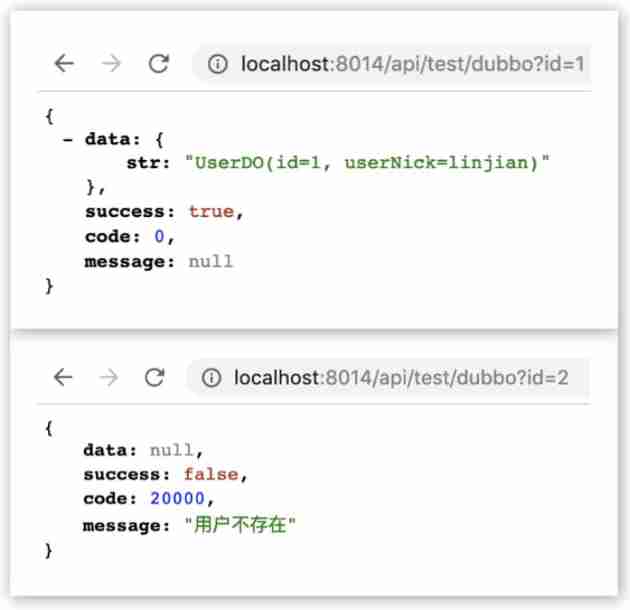 Because there are only id = 1 A piece of data , When you pass on the ginseng id = 2 It triggers DemoErrors.USER_IS_NOT_EXIST The business is abnormal . 3、 ... and 、HTTP Interface uniform return value format 3.1 Define the faceting class
Because there are only id = 1 A piece of data , When you pass on the ginseng id = 2 It triggers DemoErrors.USER_IS_NOT_EXIST The business is abnormal . 3、 ... and 、HTTP Interface uniform return value format 3.1 Define the faceting class package com.example.demo.web.aspect;
import com.example.demo.biz.exception.BizException;
import com.example.demo.common.entity.Result;
import com.example.demo.common.error.DemoErrors;
import lombok.extern.slf4j.Slf4j;
import org.aopalliance.intercept.MethodInterceptor;
import org.aopalliance.intercept.MethodInvocation;
import org.springframework.stereotype.Component;
@Slf4j
@Component
public class HttpServiceAspect implements MethodInterceptor {
@Override
public Result invoke(final MethodInvocation methodInvocation) throws Throwable {
Result result = new Result();
try {
String methodName = methodInvocation.getMethod().getName();
if (log.isDebugEnabled()) {
log.debug("starting business logic processing.... " + methodName);
}
result = (Result) methodInvocation.proceed();
if (log.isDebugEnabled()) {
log.debug("finished business logic processing...." + methodName);
}
} catch (BizException e) {
result.setSuccess(false);
result.setCode(e.getCode());
result.setMessage(e.getMessage());
} catch (IllegalArgumentException e) {
result.setSuccess(false);
result.setCode(DemoErrors.PARAM_ERROR.getCode());
result.setMessage(e.getMessage());
} catch (RuntimeException e) {
log.error(" System error ", e);
result.setSuccess(false);
result.setCode(DemoErrors.SYSTEM_ERROR.getCode());
result.setMessage(DemoErrors.SYSTEM_ERROR.getMessage());
}
return result;
}
}<aop:config>
<aop:pointcut id="resultControllerAspect"
expression="@within(org.springframework.web.bind.annotation.RestController)
and execution(com.example.demo.common.entity.Result *.*(..))"/>
<aop:advisor advice-ref="httpServiceAspect" pointcut-ref="resultControllerAspect"/>
</aop:config>Symon Lin
https://symonlin.github.io/2019/03/18/specification-1

Share & Looking at
边栏推荐
- VOT toolkit environment configuration and use
- Roman numeral to integer
- LeetCode145. Post order traversal of binary tree (three methods of recursion and iteration)
- Go语言实现原理——Map实现原理
- 2.13 summary
- Yiwen gets rid of the garbage collector
- Getting started stm32--gpio (running lantern) (nanny level)
- 一文搞定垃圾回收器
- [screen recording] how to record in the OBS area
- 14种神笔记方法,只需选择1招,让你的学习和工作效率提高100倍!
猜你喜欢
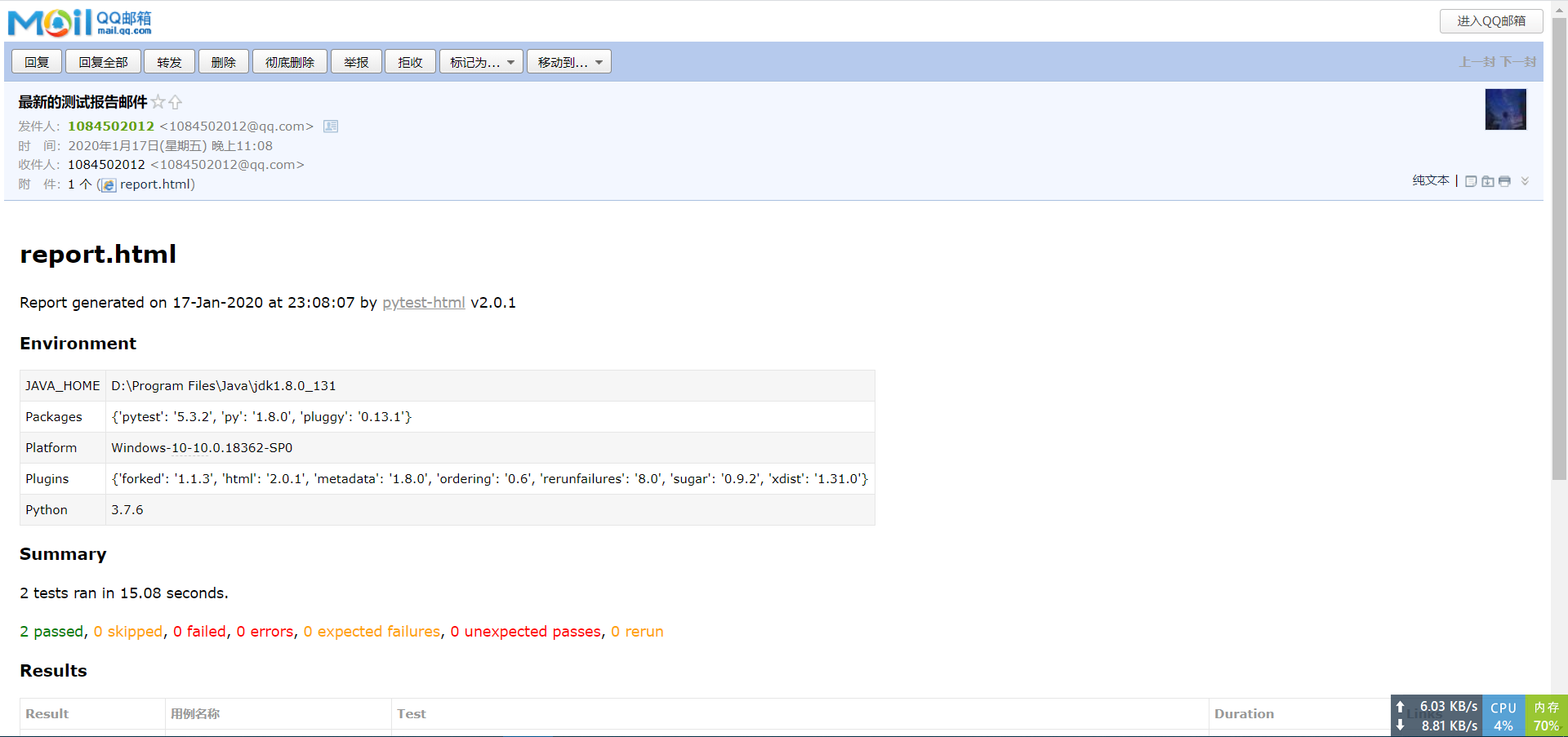
Selenium+pytest automated test framework practice
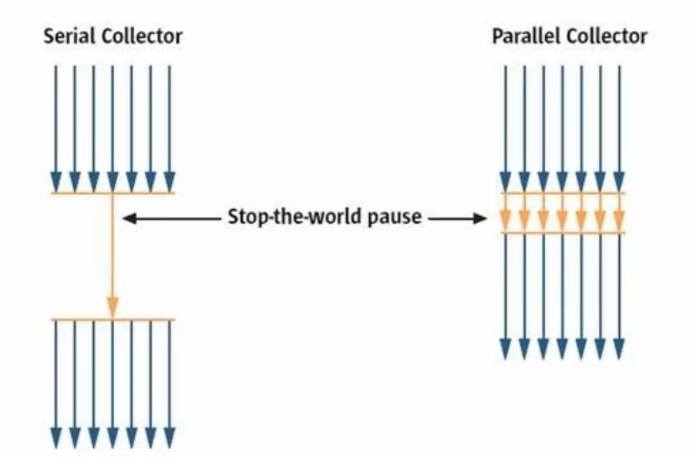
Yiwen gets rid of the garbage collector
![[digital signal denoising] improved wavelet modulus maxima digital signal denoising based on MATLAB [including Matlab source code 1710]](/img/b4/af689abb3ad4e25988f2d17152406e.jpg)
[digital signal denoising] improved wavelet modulus maxima digital signal denoising based on MATLAB [including Matlab source code 1710]
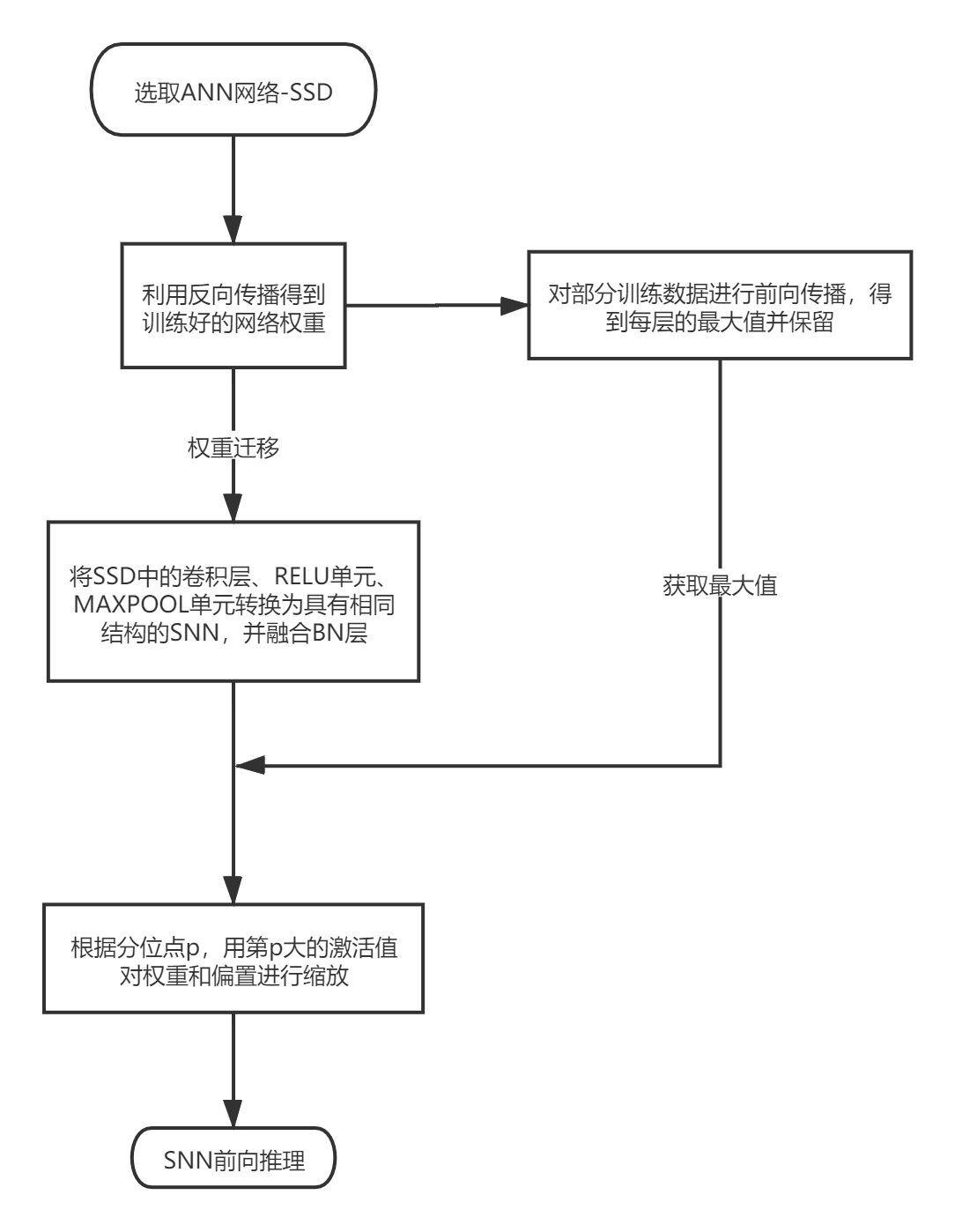
基于脉冲神经网络的物体检测
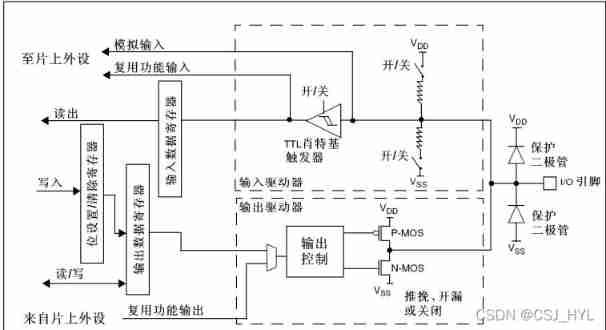
Getting started stm32--gpio (running lantern) (nanny level)

Commonly used probability distributions: Bernoulli distribution, binomial distribution, polynomial distribution, Gaussian distribution, exponential distribution, Laplace distribution and Dirac delta d
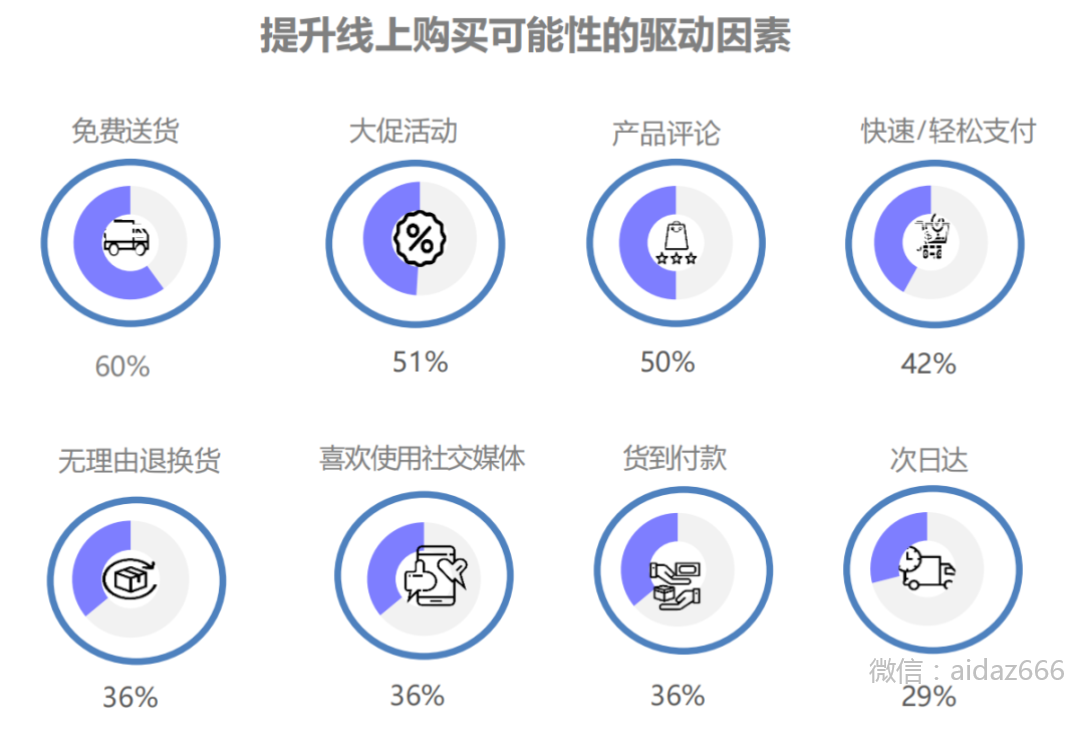
Southeast Asia e-commerce guide, how do sellers layout the Southeast Asia market?

一文搞定垃圾回收器
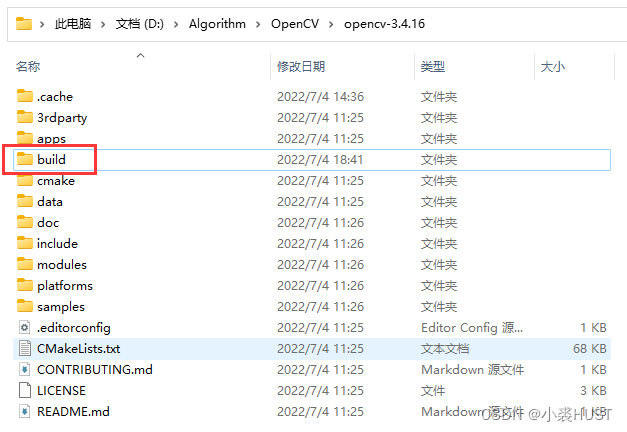
VOT toolkit environment configuration and use
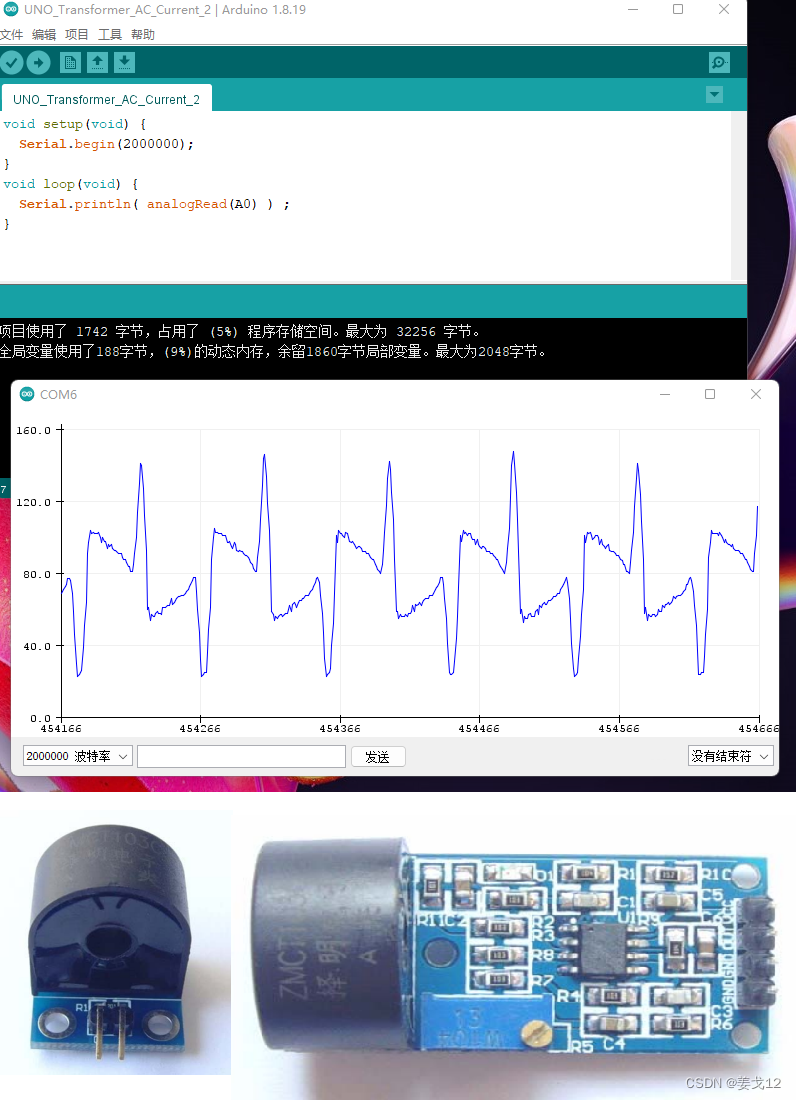
Arduino measures AC current
随机推荐
d3dx9_ How to repair 31.dll_ d3dx9_ 31. Solution to missing DLL
[speech processing] speech signal denoising and denoising based on Matlab GUI low-pass filter [including Matlab source code 1708]
Leetcode buys and sells stocks
Ieventsystemhandler event interface
Debian 10 installation configuration
The method and principle of viewing the last modification time of the web page
513. Find the value in the lower left corner of the tree
Three.JS VR看房
如何快速理解复杂业务,系统思考问题?
【Note17】PECI(Platform Environment Control Interface)
Hainan Nuanshen tea recruits warmhearted people: recruitment of the product experience recommender of Nuanshen multi bubble honey orchid single cluster
Hcip day 12 (BGP black hole, anti ring, configuration)
[screen recording] how to record in the OBS area
Negative sampling
Use the rewrite rule to rewrite all accesses to the a domain name to the B domain name
Openresty ngx Lua regular expression
2.13 summary
查看网页最后修改时间方法以及原理简介
Simple and beautiful method of PPT color matching
LabVIEW打开PNG 图像正常而 Photoshop打开得到全黑的图像